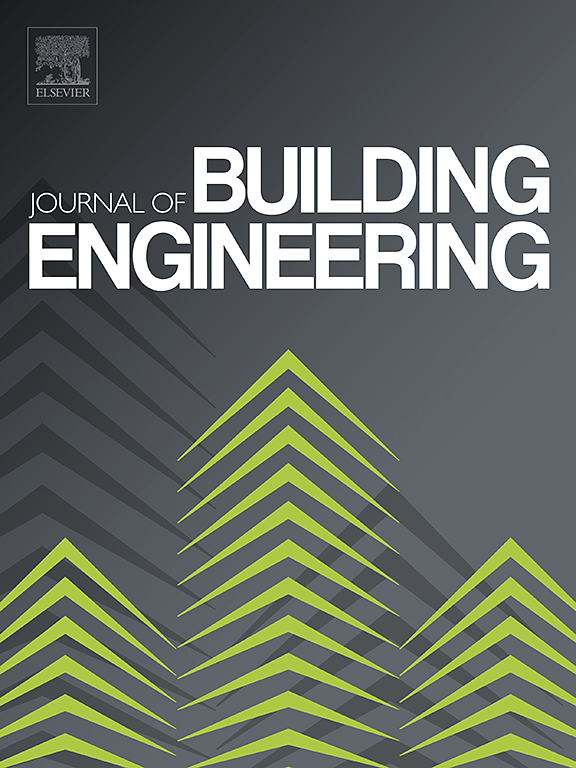Acoustic and thermal performance of an innovative façade constructed with Brazilian plantation wood
IF 6.7
2区 工程技术
Q1 CONSTRUCTION & BUILDING TECHNOLOGY
引用次数: 0
Abstract
The construction industry faces several challenges in adopting sustainable materials for building components. Engineered Wood Products (EWP) are emerging as potential alternatives to traditional materials like hollow clay blocks. This research evaluates an innovative EWP-based façade as a possible replacement for a hollow block wall in terms of acoustic and thermal performance. The study was conducted in a hotel in Guarapuava, Brazil, where acoustical measurements and thermal envelope simulations were performed. The measured Weighted Standardized Façade Level Difference (求助全文
约1分钟内获得全文
求助全文
来源期刊

Journal of building engineering
Engineering-Civil and Structural Engineering
CiteScore
10.00
自引率
12.50%
发文量
1901
审稿时长
35 days
期刊介绍:
The Journal of Building Engineering is an interdisciplinary journal that covers all aspects of science and technology concerned with the whole life cycle of the built environment; from the design phase through to construction, operation, performance, maintenance and its deterioration.
 求助内容:
求助内容: 应助结果提醒方式:
应助结果提醒方式:


